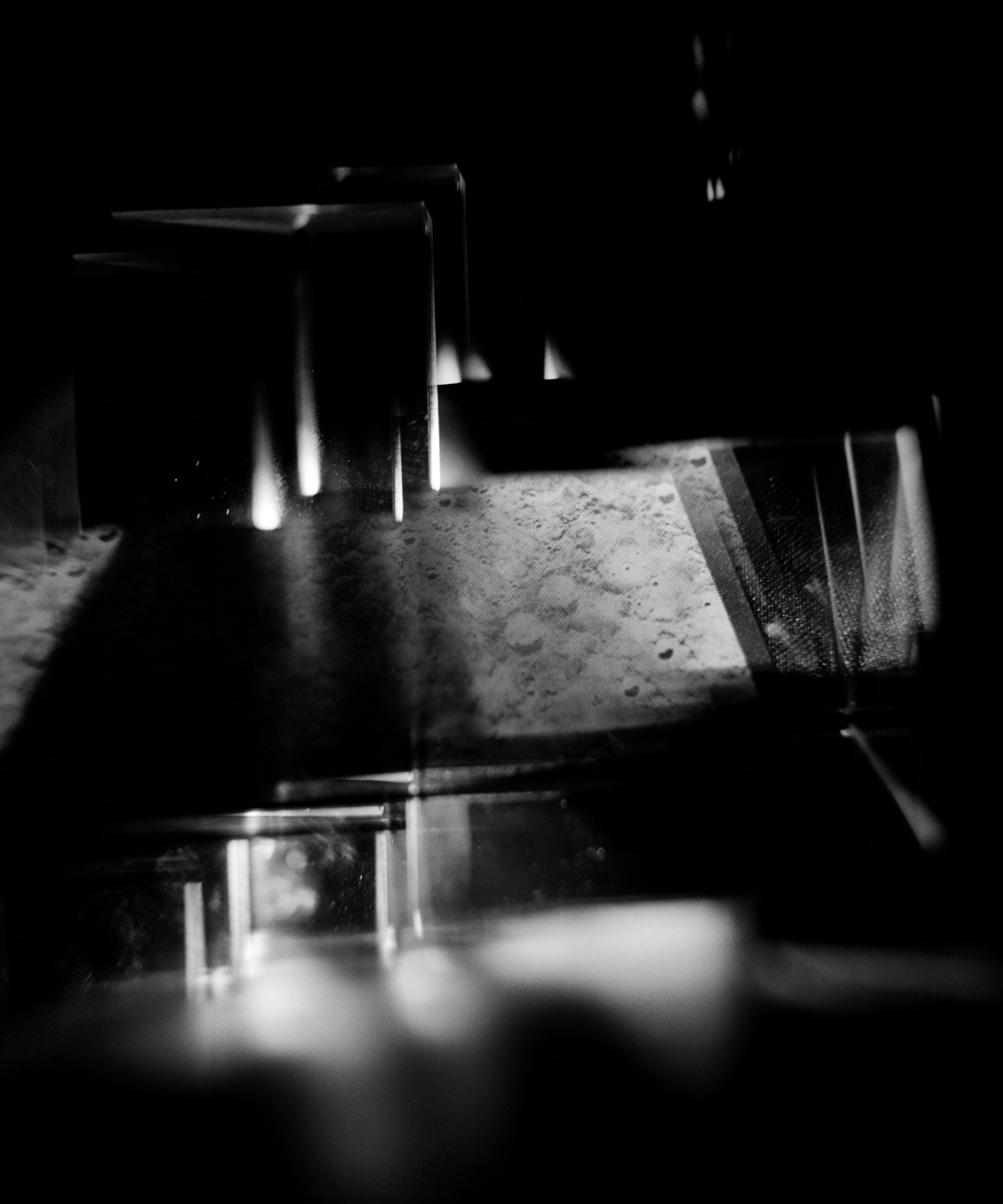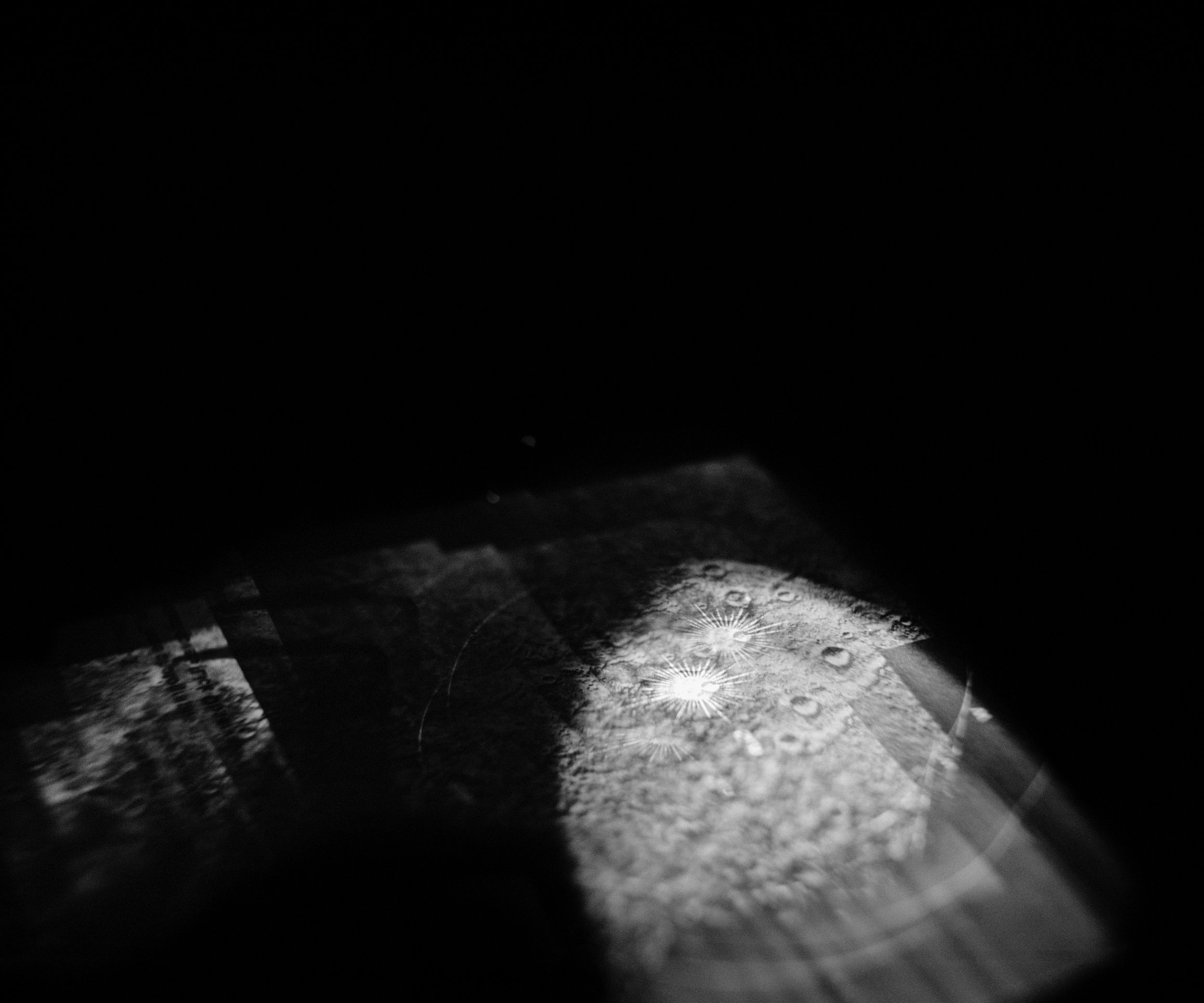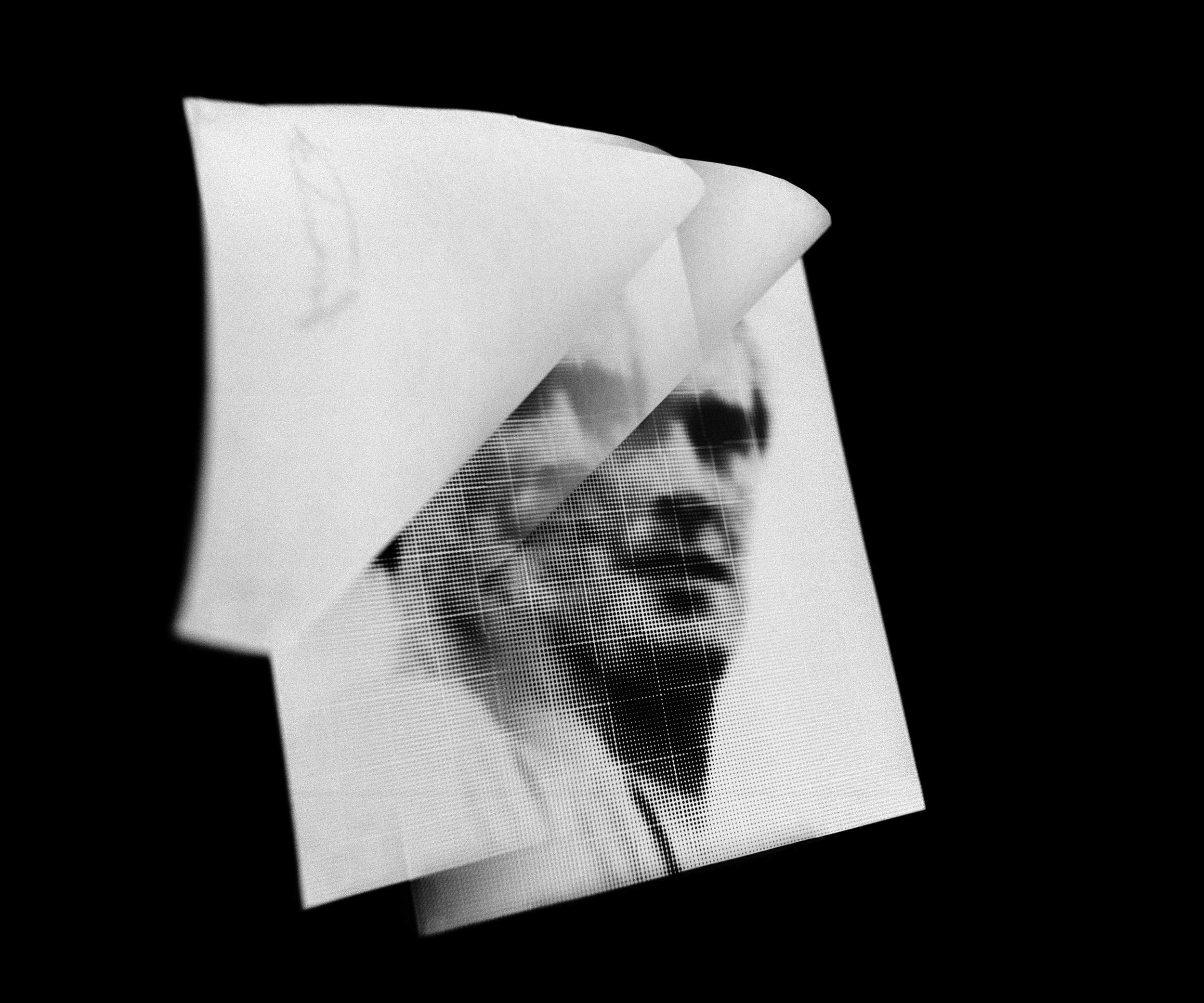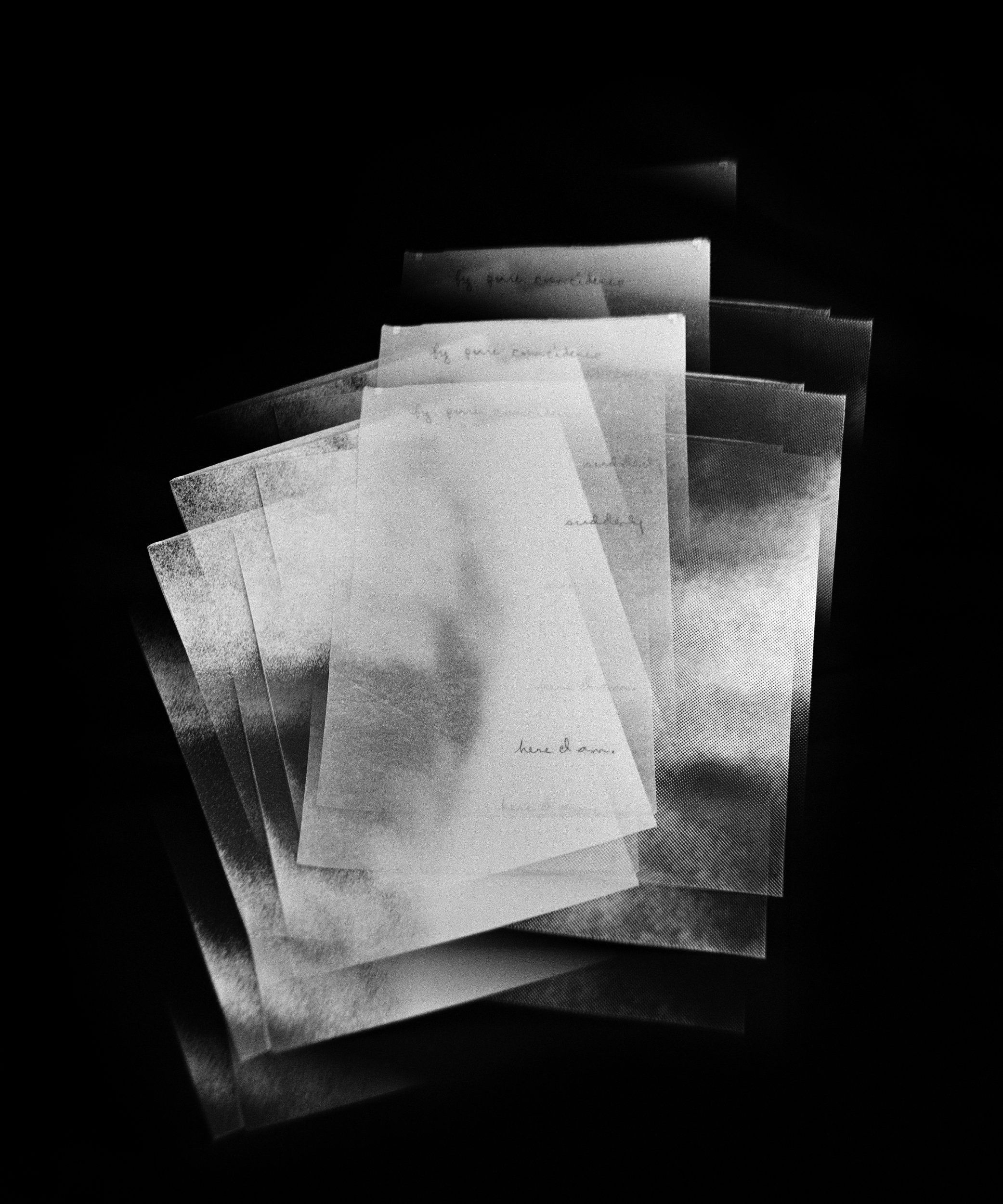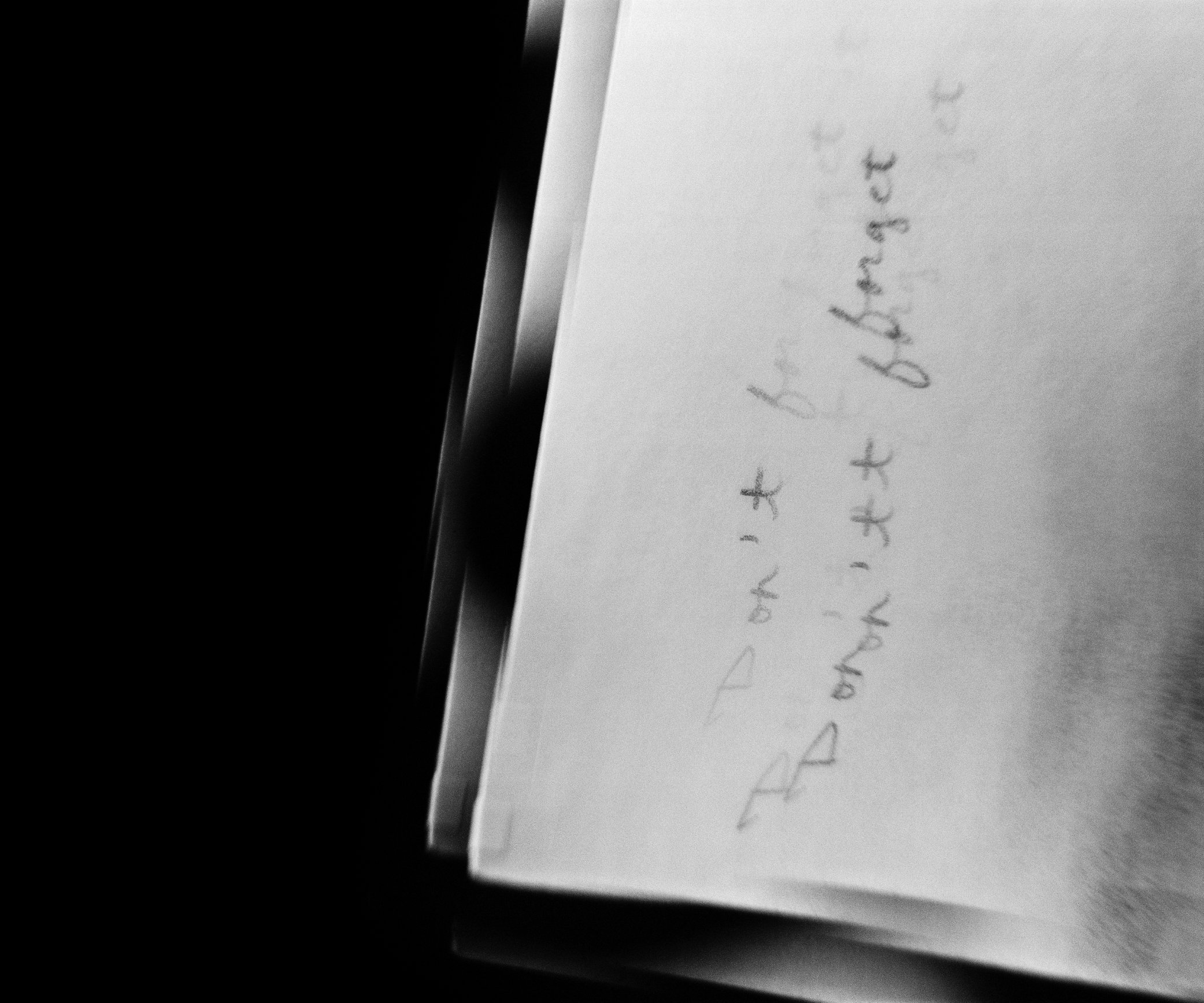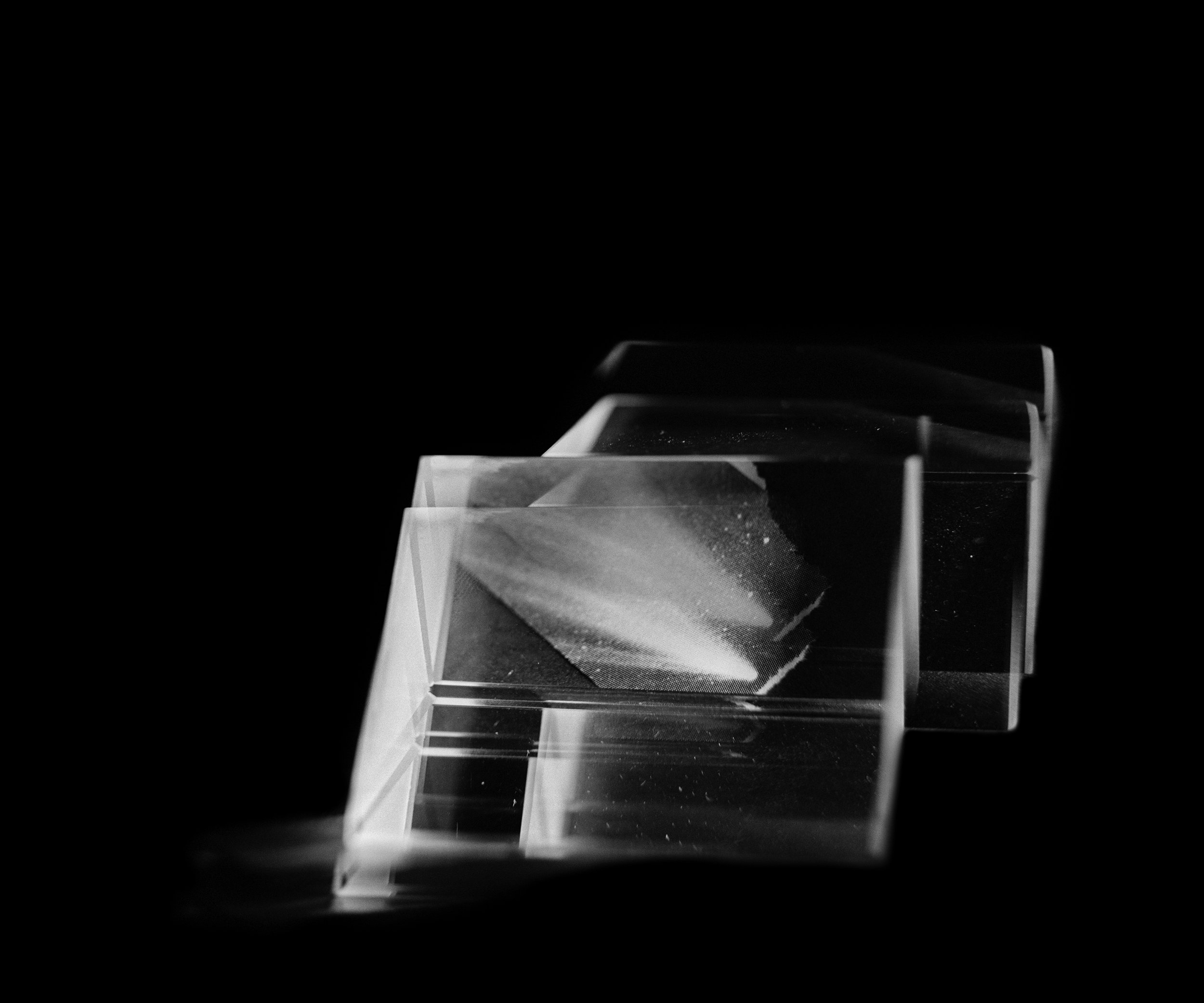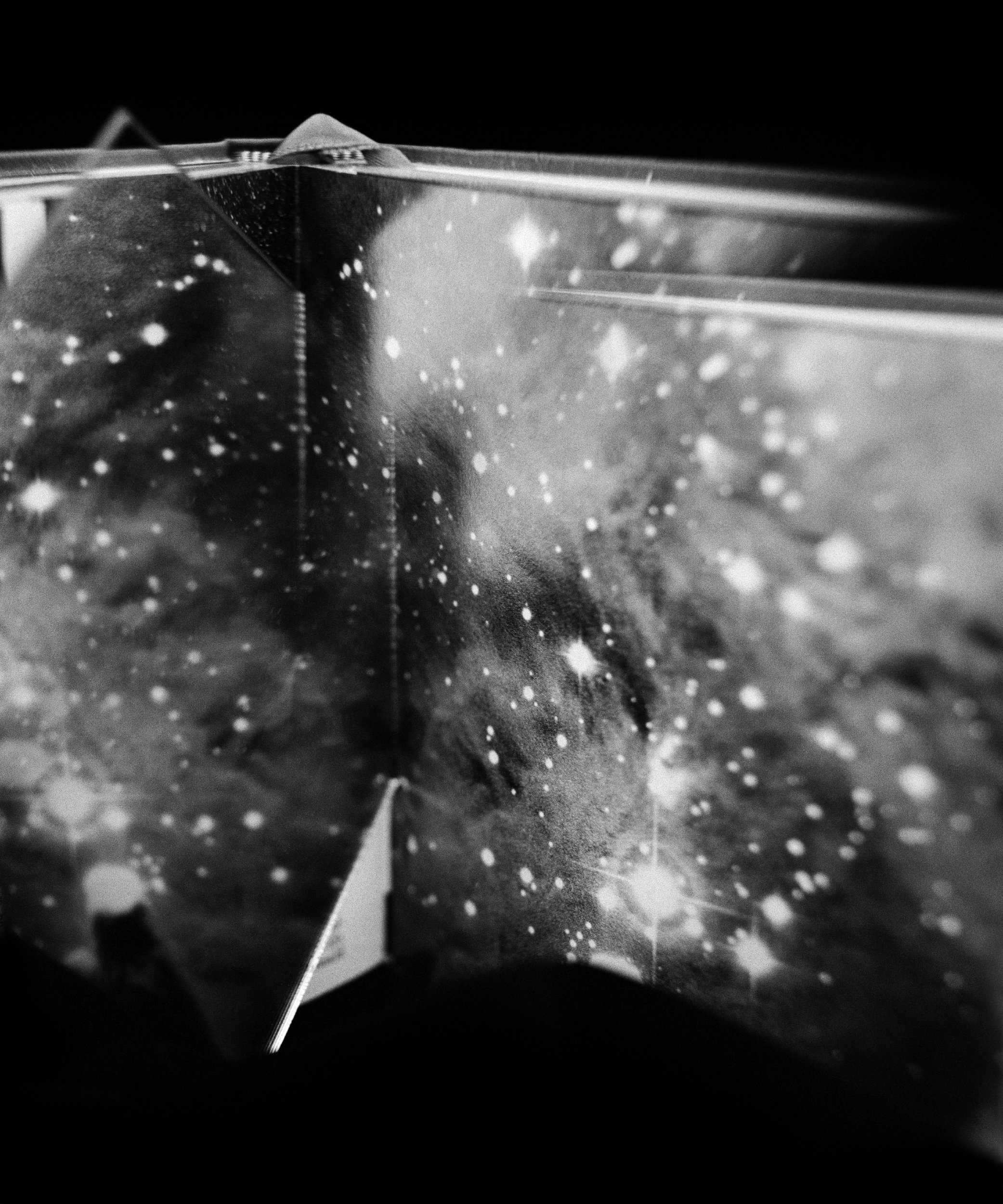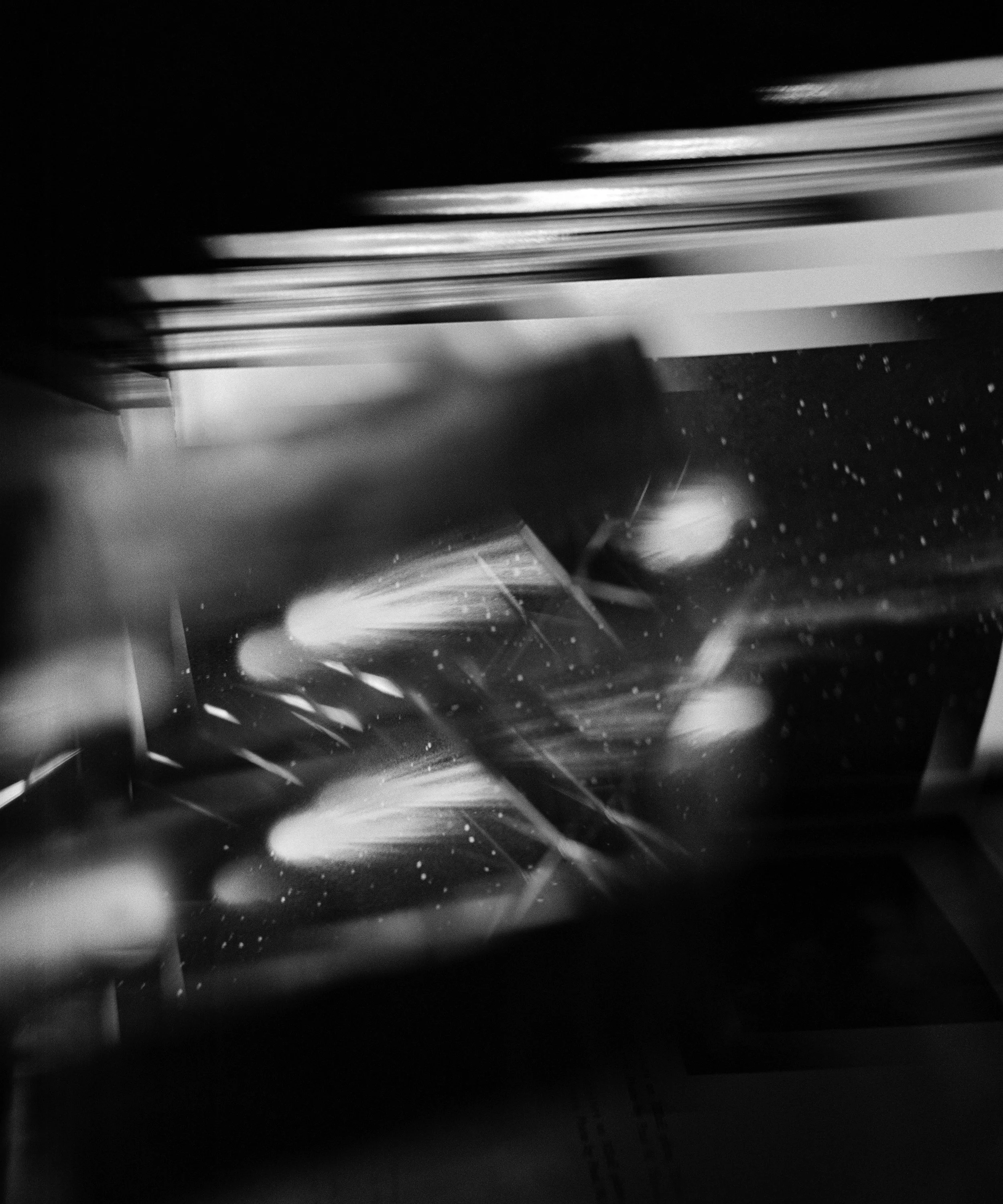tamara suarez porras | parallax errors
tamara suarez porras | parallax errors
Once noticed, certain things cannot be ignored. The photographic works in this series—while exploring a change in visual perception—also capture a shift in identity and perception of self.
~
tamara suarez porras makes work that reflects how they see the world. Fragmented photographic images in this series depict what is seen when your brain fails to reliably interpret visual information from two eyes as a single image. Once suarez porras acknowledged this aura—“a ghosting” that is neither quite double vision nor quite focused—it could not be ignored.
Around the same time their vision began to change, suarez porras discovered that their biological father was not the man who raised them. Repeatedly pouring over an archive of photographs and letters from this stranger who contributed half their DNA, the artist looks for a hint of themself in his face, a hint of who he is in letters written to their then-pregnant mother. They have examined his handwriting so closely that suarez porras knows the curve of each letter better than they do their own.
The slight difference between focus and perception is, in photography, called parallax error. In some cameras, what the photographer sees through the viewfinder is not an exact replica of what the lens sees. With the artist’s shifts in visual perception, it is difficult to tell which image is “real” and which is the “ghost.” Using photography to explore disrupted vision—and disrupted identity—suarez porras destabilizes our ability to understand what is true and what is facsimile. Inside of a medium that we have been taught to believe because it looks so close to the real thing, the artist invites us to explore a space between.
Between focus and perception, between the real and the interpreted, can live the intimate and the cosmic, the unfindable, the unreachable. How can one connect with a person from whom they are made, but have never seen except for a photograph and the curved script letters of early correspondence? Do they both look at the same moon and stars? Have they both witnessed the same eclipse along its path of totality? Have they both seen iterations of the same photographs?
I realized that all the memories I thought I had of the moon and stars were from photographs.
I thought I knew what a moonrise looked like, but after I watched the moonrise for the first time,
I realizedI have never actually seen this before, but I know exactly what it looks like.
Disparate ideas come together in these photographs, in which suarez porras asks the viewer to look at a world off-kilter: they don’t show the whole story because the whole story cannot be known. No matter how hard or long we look at or know a thing, it can shift, and so can our sense of self and the world around us.
